Aging is a direct manifestation of the slowing down of human functions, and it is also a natural process. The aging of the human body is mainly due to the aging of cells, which leads to systemic decline.
At present, the most scientifically effective method is to "slow down" the process of life aging from the source and within the body, and prevent the "aging acceleration" effect. Stem cells restore your youthful appearance, and this "hand of God" that prolongs life and preserves appearance is the renowned stem cell anti-aging technology both domestically and internationally.
Youthfulness of brain function: repairing damage, improving body adaptability. As people reach middle age, as the number of brain nerve cells gradually decreases (about 0.8% per year after the age of 25, and only 55% by the age of 70), their overall function will significantly decline. Middle aged and elderly people generally experience memory, intelligence, cognitive decline, and even symptoms such as dementia. After autologous infusion of active neural stem cells, they can differentiate into new nerve cells, providing a new cell source for the brain and effectively improving brain aging. Especially for elderly dementia patients, there is a significant improvement and recovery in memory and intelligence.
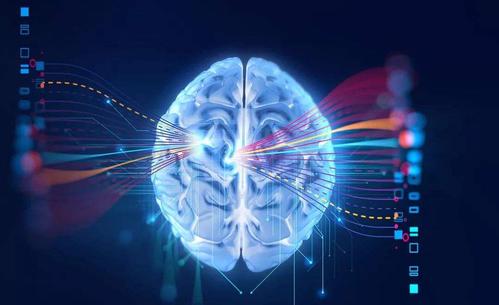
Youthfulness of cardiac function: repairing injuries, improving the internal environment of organs, and enhancing vitality.
Cardiac stem cells (CSCs) have the ability to differentiate into cardiac tissue. By using SDF-1 protein, it is possible to induce and promote stem cell homing to the heart, integrate stem cells into damaged myocardium, promote differentiation of cardiac precursor cells, promote angiogenesis and improve cardiac function, and enhance the potential for cardiac self repair.
Blocking the Urotensin II receptor with Urantide can enhance cardiac repair ability by increasing the number of cardiac collateral cells (SP), leading to an increase in viable heart area and improvement in local myocardial contractile function
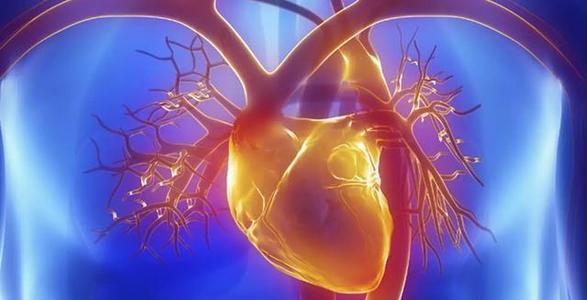
Youthfulness of liver function: repairing damage, improving function, and enhancing body adaptability. Liver stem cells (LSCs) have the ability to differentiate into liver tissue. As stem cells target the liver for homing, active liver stem cells will play a role in synthesis, detoxification, and promoting bilirubin excretion (or bilirubin and transaminase reduction), significantly increasing levels of albumin, serum PIIIP, and serum hepatocyte growth factor, delaying or preventing the occurrence of liver fibrosis. Restore normal liver function and maintain liver youthfulness through the regeneration of liver cells and the molecular mechanisms of body fluids.
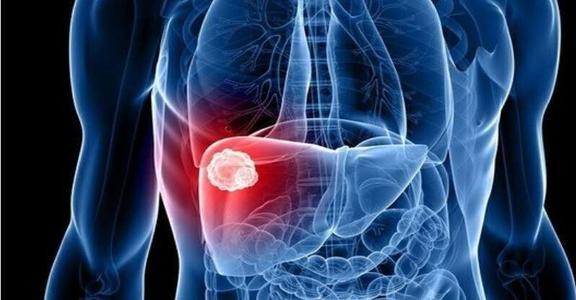
Youthfulness of lung function: repairing damage and improving lung function.
Lung stem cells have the ability to differentiate into liver tissue. By targeting the lungs with stem cells, on one hand, active lung stem cells can replace and repair damaged cells; On the other hand, stem cells generate new lung cells, laying the foundation for repairing lung tissue damage and restoring lung function after pulmonary fibrosis. The rapid regeneration of lung tissue (alveoli, pulmonary blood vessels, etc.) exceeds the development rate of destructive inflammation caused by external stimuli and internal pathological factors. The regenerative tissue system has an inhibitory effect on the production of various inflammations, preventing, containing, and eliminating pulmonary fibrosis, thereby maintaining a good and stable state of lung tissue and promoting healthy and youthful lung function.

Youthfulness of renal function: repairing damage, improving renal function, and enhancing vitality.
After targeted homing, renal stem cells (RSC) reach renal lesions and improve local microcirculation, restore normal cell metabolism, create a new aerobic environment for the kidneys, alleviate symptoms of renal ischemia and hypoxia induced failure, and achieve repair of damaged solid cells and organ tissue reconstruction. At the same time, renal stem cells form new pancreatic islet cells through tissue differentiation and regeneration to repair the pancreas, gradually adjusting the patient's blood sugar and continuously returning to normal indicators, enhancing the protection of the kidneys.
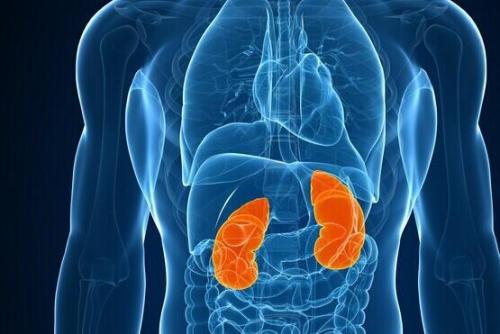
Youthfulness of bone and joint function: repairing injuries and improving function.
Once bone and joint injuries are difficult to repair, they can lead to irreversible joint degeneration and the formation of bone and joint diseases.
Bone marrow stem cells are pluripotent stem cells that exist in the bone marrow. Including hematopoietic stem cells and mesenchymal stem cells. Mesenchymal stem cells (MSCs) in bone marrow are important members of the stem cell family, with multi-directional differentiation potential, hematopoietic support, promotion of stem cell implantation, immune regulation, and self replication. Bone marrow mesenchymal stem cells can differentiate into various tissue cells such as bone, cartilage, muscle, tendon, ligament, nerve, liver, myocardium, endothelium, and adipose tissue under specific induction conditions in vivo or in vitro. As seed cells, they can be used for repairing tissue and organ damage caused by aging or disease. Stem cell transplantation technology can directly supplement reduced stem cells and exert their activity, promoting the repair of local diseased bone tissue. Bone marrow stem cells can differentiate into cartilage and have the function of secreting cartilage specific type II collagen and proteoglycan matrix. MSC implantation in cartilage injury areas can differentiate into chondrocytes and produce cartilage matrix or new bone tissue, which has the ability to promote bone defect repair.
Therefore, bone marrow stem cells are safe and effective in treating various orthopedic diseases such as osteogenesis imperfecta, rotator cuff injury repair, tendon injury repair, post ovariectomy osteoporosis, femoral head necrosis, bone defects, cartilage injury, spinal cord nerve injury, etc. in children, and are beneficial for the regeneration of necrotic bone. Performing bone and joint stem cell health care is an effective method for preventing degenerative orthopedic diseases, achieving bone and joint rejuvenation, and maintaining bone and joint health.
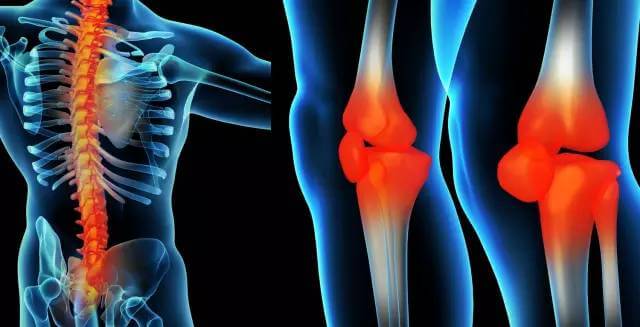
Immune function anti-aging: improving the body's immunity, enhancing the ability to resist diseases, and immune function decline is an important sign of overall aging. Immunity is a key factor in the human body's resistance to diseases, especially in clearing pathogenic microorganisms (bacteria, pathogens, parasites, etc.) that enter the body and monitoring and killing tumor cells. Aging leads to a decrease in immune cells and activity, resulting in a decline in disease resistance, making it easier to develop tumors and other diseases. Exogenous stem cell implantation can rebuild the hematopoietic immune system and restore normal immune function.
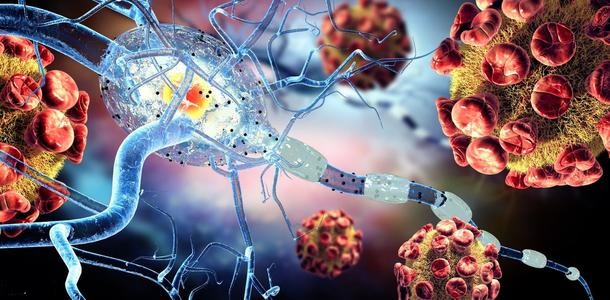
Youthfulness of ovarian function: repairing damage, improving function, and enhancing body adaptability.
The ovary is a female reproductive and important endocrine organ, which is an important guarantee for ensuring women's quality of life.
Premature ovarian failure (POF) refers to ovarian dysfunction that occurs in women before the age of 40 due to depletion of ovarian follicles or iatrogenic damage. Symptoms of menopause include reduced menstrual flow, anovulation, luteal insufficiency, vaginal dryness, and decreased libido. Stem cell ovarian health care (functional rejuvenation) is achieved by inducing differentiation of mesenchymal stem cells ("microenvironment induced differentiation") to regenerate ovarian tissue, thereby regenerating the already necrotic and depleted ovaries into new ones, maintaining their normal morphology, preventing ovarian atrophy and deformation, restoring ovarian function, and improving physiological function and quality of life.
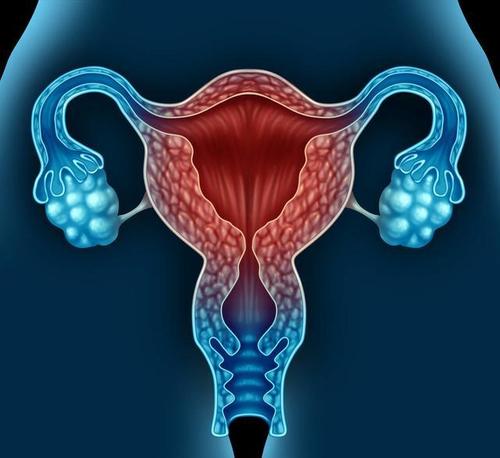
Youthfulness of male function: repairing damage, improving function, and enhancing body adaptability. Stem cells have the functions of preventing degenerative aging of the reproductive system, enhancing kidney vitality, and activating sexual function. It can significantly improve male sexual function, increase sexual frequency and satisfaction with sexual life. Stem cell healthcare is the safest, healthiest, most effective, and long-lasting method for restoring sexual function.

